菜单
CN | CNY
-
-
-
-
- Forum Labo 2025
- Advanced Therapies Week (ATW) 2025
- SLAS Europe 2025
- Bioprocessing Summit Europe 2025
- Medlab Middle East 2025
- SLAS International 2025
- Biologics World Nordics 2025
- ASIA LABEX: The Lab Show 2025
- BioProcess International Europe 2025
- ISEV 2025
- CBioPC 2025
- Future Labs Live 2025
- Cell 2025
- ASIA LABEX: The Lab Show 2025
- Stem Cell Community Day 2025
-
-
-
-
- Forum Labo 2025
- Advanced Therapies Week (ATW) 2025
- SLAS Europe 2025
- Bioprocessing Summit Europe 2025
- Medlab Middle East 2025
- SLAS International 2025
- Biologics World Nordics 2025
- ASIA LABEX: The Lab Show 2025
- BioProcess International Europe 2025
- ISEV 2025
- CBioPC 2025
- Future Labs Live 2025
- Cell 2025
- ASIA LABEX: The Lab Show 2025
- Stem Cell Community Day 2025
CN | CNY
Sorry, we couldn't find anything on our website containing your search term.
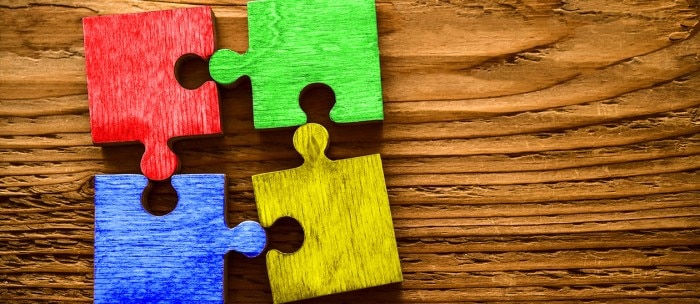
Tips & Tricks for Photometric Measurements
Natascha Weiss 实验室学院
- 细胞生物学
- 光度计
- 细胞培养耗材
- 文章
It is helpful to have in mind not only the photometric measuring process itself, but also its set-up, the measuring environment and the equipment used.
Photometry is a common, easily performed method for the determination of concentrations of substances in solution, and it is also capable of assessing sample purity. However, in cases where values do not make obvious sense, or if they vary considerably, troubleshooting may be complex. It is therefore helpful to eliminate possible sources of error from the outset and pay special attention to the following considerations when setting up and carrying out photometric measurements.
显示更少
Set-up & Environment
Solvent
The absorbance of a sample is influenced by its pH and the ionic strength of its solvent [1]. Buffers with a low salt content and a neutral or slightly alkaline pH, which prevents variations in pH, are recommended. At the same time, the buffer’s inherent absorbance at the wavelength being measured should be low in order to avoid possible limitations of the measurement range.
显示更少
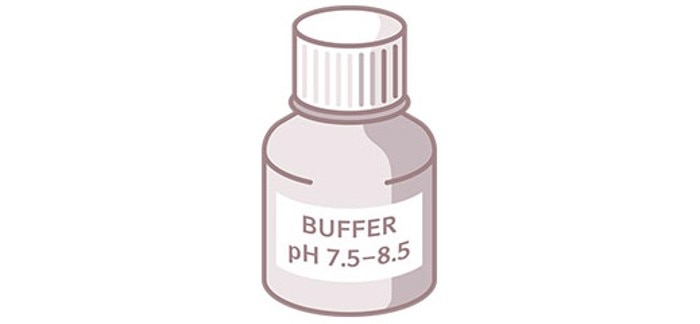
Dilution
In the case of highly concentrated sample solutions, dilution may be necessary in order to stay within the linear range of measurement. Dilutions in the range of 1:10 are ideal. Dilutions higher than 1:50 are not recommended due to the increasing risk of inaccuracies introduced via this pipetting step. In principle, a calibrated system of pipette and pipette tips must be used for accurate and precise pipetting.
显示更少
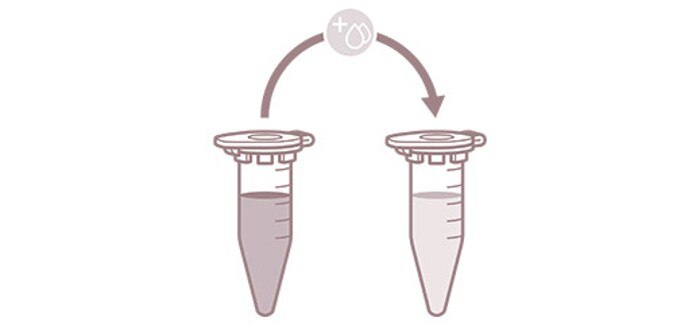
Mixing
Following the preparation of dilutions, but also after long periods of immobility, local concentration differences may arise within the sample. It is therefore important to thoroughly mix the sample solution before and after each dilution step, as well as immediately prior to measurement. Best results are achieved through vortexing.
显示更少
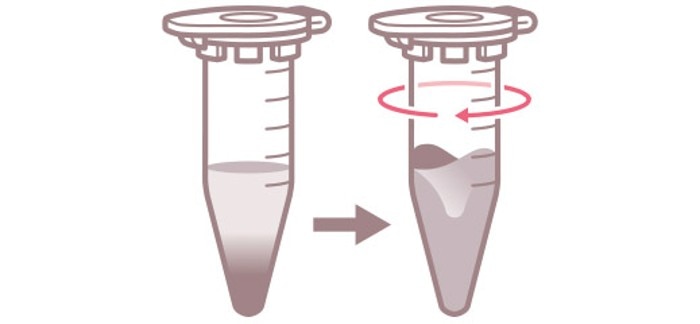
Temperature
The environment and the photometer, as well as cuvettes and samples, should be kept at identical temperatures in order to prevent a drift of the measured values.
显示更少
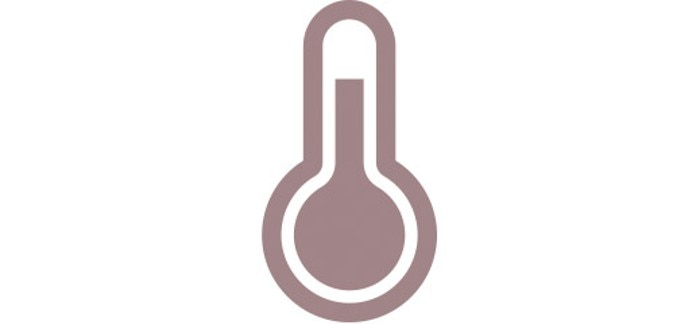
Equipment & Measurement
CuvettesWhen selecting cuvettes, their transparency at the required wavelengths, as well as their compatibility with the respective photometer, are among the most important deciding factors. This includes, for example, the coordination of the heights of the light paths and ensuring that the cuvettes are filled with sufficient sample volumes. In order to obtain accurate results, the blank, as well as samples, should be measured in the same cuvette, with the cuvette always positioned in the same orientation in the cuvette shaft.
显示更少
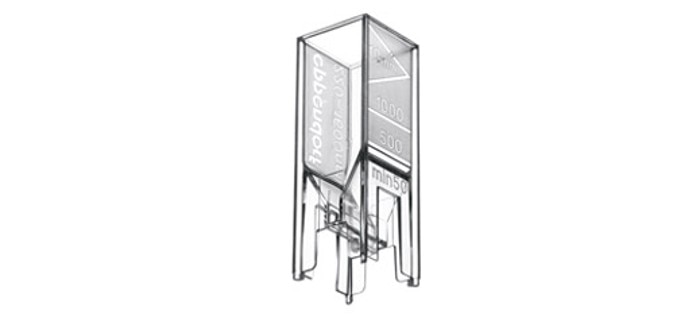
Measurement
Prior to measurement, care must be taken to avoid the formation of air bubbles inside the cuvette that would interrupt the light path (this applies to both the blank and the samples). The photometer settings must be appropriate for the method, the sample and the cuvettes selected. Following the measurement, all results should be checked for plausibility.
Prior to measurement, care must be taken to avoid the formation of air bubbles inside the cuvette that would interrupt the light path (this applies to both the blank and the samples). The photometer settings must be appropriate for the method, the sample and the cuvettes selected. Following the measurement, all results should be checked for plausibility.
显示更少
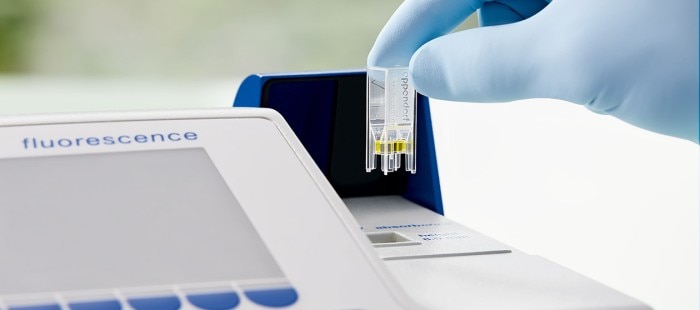
References:
[1] Wilfinger WW, Mackey K, Chomczynski P. Effect of pH and ionic strength on the spectrophotometric assessment of nucleic acid purity. BioTechniques 1997; 22:474–481.
[1] Wilfinger WW, Mackey K, Chomczynski P. Effect of pH and ionic strength on the spectrophotometric assessment of nucleic acid purity. BioTechniques 1997; 22:474–481.
显示更少

